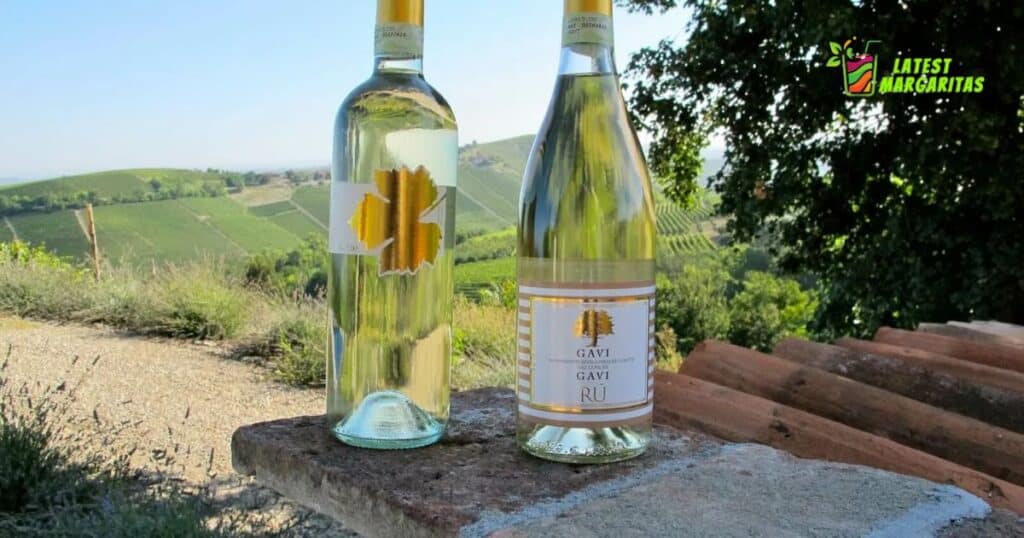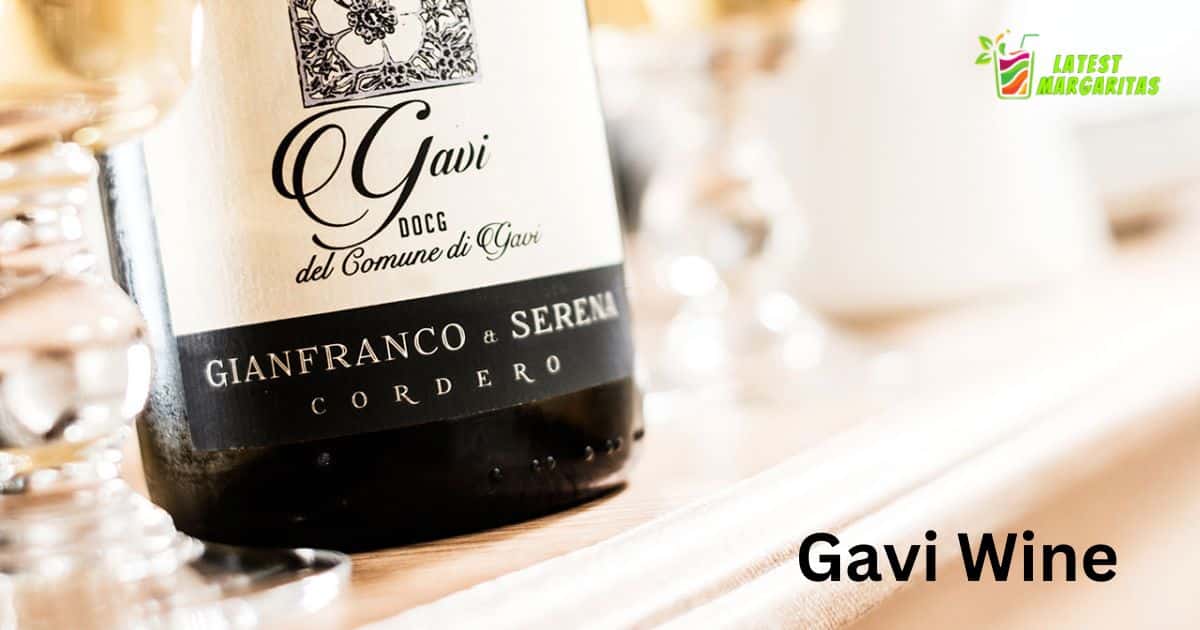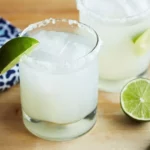Italy is renowned for its robust red wines like Chianti, Barolo and Montepulciani. However, the country is also famous for lighter, refreshing whites. Pinot Grigio and Prosecco are popular nationwide quaffing options.
Beyond these well-known styles, Italy boasts some exceptional specialty whites worth exploring. Produced in small appellations upholding ancient traditions, they showcase the diversity of Italian viticulture. Examples like Roero, Soave and Asti hail from limited regions but earn the highest DOCG status for quality. Reserved primarily for domestic consumption, they represent pillars of local pride little known abroad.
This article introduces another of Italy’s finest cool-climate whites – Gavi. Hailing from a small zone in Piedmont, it merits discovery as an exemplar of Italian vine-growing expertise and finesse beyond Italy’s famous red wines.
The Grapes And Terroir Of Gavi
Gavi lies in the northern Piedmont region of Italy, famous for wines like Barolo, Barbera and Arneis. Unlike most of Piedmont which climbs into the Alps, Gavi sits closer to the coast in the Ligurian plains. This unique geography gives Gavi vineyards dual influences. Alpine breezes temper the Mediterranean sun during summer. Meanwhile, coastal proximity provides cooling day-night shifts that balance acidity and flavor concentration in the grapes.
The sole variety cultivated here is Cortese, quite uncommon elsewhere. This acid-loving white grape thrives under Gavi’s conditions but struggles without them. Left unchecked, Cortese grows prolifically yet produces bland, sharp wines. Gavi’s limestone-rich soils seemingly enhance Cortese’s natural acidity. Viticultural care and climate ensure perfect ripeness alongside verve. These special attributes allow Cortese to shine as nowhere else.
Within Gavi’s 11 constituent towns, relationships between terrain and technique have shaped Cortese into a crisp yet flavory white truly expressing this specific place. While not widespread globally, Gavi has earned a sterling reputation among Italian oenophiles for coaxing magnificent wine from an otherwise difficult grape through geographical advantages and winemaking savoir-faire.
The Wines Of Gavi
- Wine Style: Gavi wines are dry, crisp and floral on the nose. They have a richly balanced texture with some oily body, elegance and mineral driven finish.
- Flavor Profile: The Cortese grape used in Gavi is aromatic with flavors reminiscent of Chardonnay or Sauvignon Blanc. Typical notes include honeysuckle, peach, pear and hints of almond.
- Alcohol Level: Despite their complexity, Gavi wines have a relatively low alcohol level around 12% alcohol. This makes them very food friendly.
- Style Variations: Gavi produces Riserva wines which are more concentrated in flavor. They also make sparkling Frizzante and Spumante styles.
Wine Recommendations
If you want to explore Gavi further, consider:
- Gavi DOCG Riserva “Vigna della Rovere Verde” 2017 from La Mesma
- Gavi DOC “INDI” 2018 from La Mesma
When Should I Drink Gavi?
It’s best to drink most Gavi wines when they are young, within a few years of the vintage date. The wines will be fresh and crisp. Higher quality Gavis from top producers may need 2-3 years of aging to develop more complex flavors. Gavi has a good reputation which means the wines can be expensive.
While pricey, the wines usually remain fairly simple in style rather than becoming very complex. Enjoy straightforward, affordable Gavis while young; save the pricier bottles a few years to reach their peak.
What Is The Difference Between Gavi And Gavi Di Gavi Wine?

| Gavi | Gavi di Gavi |
| Made from grapes grown anywhere within the wider Gavi DOC zone, which includes the township of Gavi and surrounding communes. | Made exclusively from grapes grown within the township of Gavi itself. |
| Labels can be simply “Gavi” or include reference to surrounding communes like “Cortese di Gavi”. | Label must state “Gavi di Gavi”. |
| Grapes sourced from a wider geographical area. | Grapes strictly from vineyards located in the Gavi township only. |
| Generally more widely available as grapes are sourced from a larger production zone. | May have tighter supplies as grapes are limited to a smaller defined area of Gavi township. |
Why Is Gavi Wine So Good?
Gavi wine is very tasty because of where it is grown. The location near the coast but also close to mountains means the grapes get nice sunny weather but cool breezes too. This makes the grapes grow well and have much flavor but still stay fresh and sour. The soil full of rocks gives the flavor more minerals.
All this together lets the white wine called Gavi be dry, crisp and stony tasting. It is perfect to drink on a hot day. Gavi can be drunk young right away or kept longer to get more complex. The best Gavi grapes grow in an area between two regions – Piedmont and Liguria. This special section by the sea is why Gavi wine has such a good taste.
What To Serve With Gavi Recipe?
Gavi makes a fantastic pairing for pasta with basil pesto sauce. Its crisp, tangy flavor stands up beautifully to the rich pesto. The bright lemon, apple and honeydew notes in the Gavi complement the basil, pine nuts and Parmesan in the pesto. At the same time, the wine’s subtle hints of almonds and flowers balance out the cheesy and herbaceous components.
While enjoying this pairing, focus on how the complex yet refreshing palate of the Gavi shines through the rich dish. For the best experience, drink young Gavi wines made from the Cortese grape while chilled. Their vibrant acidity and simple fruit characteristics cut through the creamy pesto perfectly on a warm evening.





